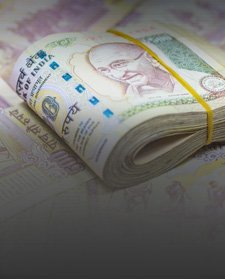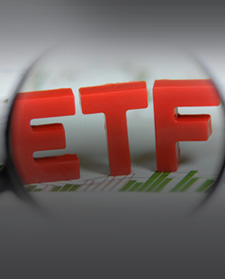Gold Investment Instruments – AxisDirect
AxisDirect-O-Nomics
Nov 23, 2017 | Source: Moneycontrol, Paisabazaar

How to Invest in Gold
Types of gold-related instruments
Physical gold: Till some decades back, buying physical gold or gold jewellery were the only options of investing in gold. Many still continue to do so. However, buying and holding physical gold has its own disadvantages. Apart from the threats of theft or burglary when stored in home, there might be concerns regarding the quality of gold bought and costs incurred for storing gold like cost of renting a bank locker or creating your own household safe. Accessing your own physical gold in your bank too might become an issue during natural disasters, political turmoils or even due to long holidays.
Sovereign gold bonds: The Sovereign Gold Bond Scheme was launched in October 2015 to provide a more cost effective alternative to holding physical gold. RBI periodically issues this Bond on behalf of the Government of India in denominations of multiples of 1 gram of gold. For individual investors, the minimum and maximum annual limits on subscriptions have been placed at 1 gm and 4 kg respectively. The investor receives the market price of the gold held at the time of redemption. Additionally, a fixed-rate interest of 2.50% p.a. is paid by the issuer on the amount invested. The interest amount is credited to the bank account of the investor every six months. These bonds can also be used as collaterals for loans from banks and other lending institutions.
The flipside of Sovereign Gold bonds is their low liquidity. These bonds have a long tenure of 8 years and their premature redemption is allowed only on coupon payment dates after five years from the issue date.
Gold ETFs: These are exchange traded funds (ETF) that invest in physical gold. Their prices are based on gold prices and can be bought or sold like stocks at market prices. Each unit of a gold ETF lets the investor own 1gm of gold. Just like stocks, you need a trading account with stock brokers to buy and sell Gold ETFs and a demat account to hold those ETFs. Being passively managed, prices of Gold ETFs closely track the physical gold rates in India.
However, investing in gold ETFs comes with its own set of drawbacks. They have additional investment costs like brokerage charges during buy and sell transactions and annual charges for maintaining the demat account. Although gold ETFs can be bought and sold any time during the market hours, their low trading volumes may adversely affect their market prices, making them trade lower even than their own NAV.
E-gold: E-gold or electronic gold is issued by National Spot Exchange Limited (NSEL). It enables investors to invest in gold in units of 1 gm of gold and hold them in demat form. The E-gold can be traded only in NSEL through its member brokers or their franchises and can well be converted into physical gold coin/ bar. Apart from investment and hedging purposes, E-gold provides an excellent way of accumulating gold in small denominations for purposes like marriage, etc and then taking their physical delivery on nearing the target.
Gold fund of funds: These are open-ended mutual funds that invest in gold ETFs. Their liquidity is as high as usual mutual funds and can be purchased and redeemed at NAV during any business day. Their minimum investment amount can be as low as Rs 1000 where the additional investment can be as low as Rs 100. One can also use the SIP mode to systematically invest in smaller amounts over a period of time. Unlike Gold ETF and E-Gold, one does not need demat and trading accounts to buy, sell or hold the units. To purchase Gold Fund units, a first time mutual fund investor just needs to go through KYC documentation by submitting his bank account details along with his PAN Card and address proof documents like Aadhar Card, Passport, etc. Existing KYC-compliant customers do not need to undergo fresh documentation.
Taxation
The taxation of gold funds and gold ETFs is similar to that of physical gold. Investments of over 3 years attract long-term capital gains tax while investments of up to 3 years attract short-term capital gains tax.





 INDIA
INDIA NRI
NRI









